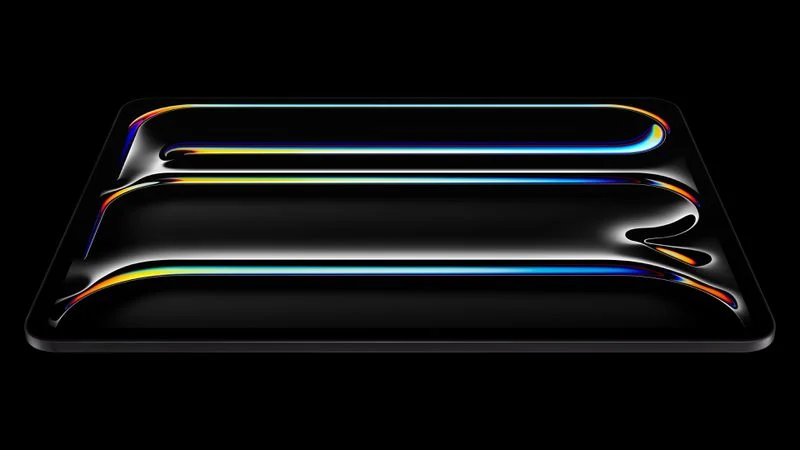Apple is reportedly preparing a significant yet subtle upgrade for its next-generation iPad Pro, expected this fall: the device will be equipped with two front-facing cameras alongside the powerful M5 chip, marking a thoughtful step forward in functionality and usability. This strategic evolution positions the iPad Pro as a more versatile tool for content creators, professionals, and everyday users alike.
Dual Front Cameras: Landscape and Portrait
According to Bloomberg’s Mark Gurman, the upcoming M5 iPad Pro will feature dual front cameras—one located on the landscape edge and another on the portrait side—allowing users to take videos, selfies, and make FaceTime calls seamlessly in either orientation. This addresses a common frustration: the current M4-based iPad Pro only has its front camera optimized for landscape use. With two cameras, Apple solves this ergonomic catch-22, eliminating awkward grips or repositioning mid-call.
Why the Change Matters
While not revolutionary, the addition of a second camera is a welcome refinement that enhances user experience in real-world scenarios:
- Video calls and conferencing feel natural regardless of orientation—ideal for remote workers, students, or creatives.
- Selfie-centric use becomes more intuitive, with the lens positioned naturally at the top in portrait mode.
- No compromise on Face ID usability, which already works in both orientations; now, the hardware aligns with the software.
Early commentary in the Apple community reflects cautious optimism. One user noted, “One camera for portrait use and another for landscape—supposedly to offer a more seamless experience for video calls and photos.”
M5 Chip: Power Meets Efficiency
Beyond cameras, the M5 chip will offer a notable step up in processing power and energy efficiency compared to the M4 series. While Apple already refreshed the iPad Pro in May 2024 with OLED displays and a slimmer profile, this next iteration focuses on performance refinement rather than a full redesign. With mass production expected in late 2025 and a launch anticipated around October, Apple is adhering to its typical 18‑month release cycle.
Design and Display: Subtle Evolution
Rumors hint at thinner bezels, made possible by advancements in display assembly. Portrait-camera placement historically occupies more bezel space, but with a camera now on both edges, Apple may further shrink bezel width across the board. This tightens the design aesthetic and moves the iPad Pro closer to Apple’s signature “all‑screen” ambition.
Forecasts suggest the form factor will remain similar to current models: roughly 11- and 13-inch screens, ultra-slim profiles (as thin as 5.1 mm), and premium OLED displays.
Competitive Edge: Why Dual Cameras Matter Now
In a market saturated with slim tablets and convertible devices, Apple’s edge lies in thoughtful refinements, not one-off features. Dual front-facing cameras may seem niche, but they boost usability in key everyday tasks—from video messaging to remote collaboration. It signals Apple is listening to real user feedback and solving pain points rather than chasing flashy trends.
What to Expect This Fall
- Release timeframe: Expected in September or October 2025, following an 18‑month update cycle.
- Key upgrades:
- Dual front cameras for both orientations.
- M5 chip delivering improved performance and battery efficiency.
- Thinner bezels enhancing the sleek design.
- What likely remains unchanged: Rear camera system, core design elements, and accessory compatibility.
Final Thoughts
The M5 iPad Pro’s rumored features represent a polished evolution: dual front‑facing cameras to improve user experiences, combined with a powerful new M5 chip. This update keeps the iPad Pro at the forefront of creative and productivity workflows—seamless, smart, and user-centric.
As we approach the official unveiling, dual front cameras stand out as a thoughtful but important improvement—perfectly timed for an era when video communication is as critical as performance. Apple seems prepared not just to lead, but to listen—and that speaks volumes.
Photo Credit: MacRumors




